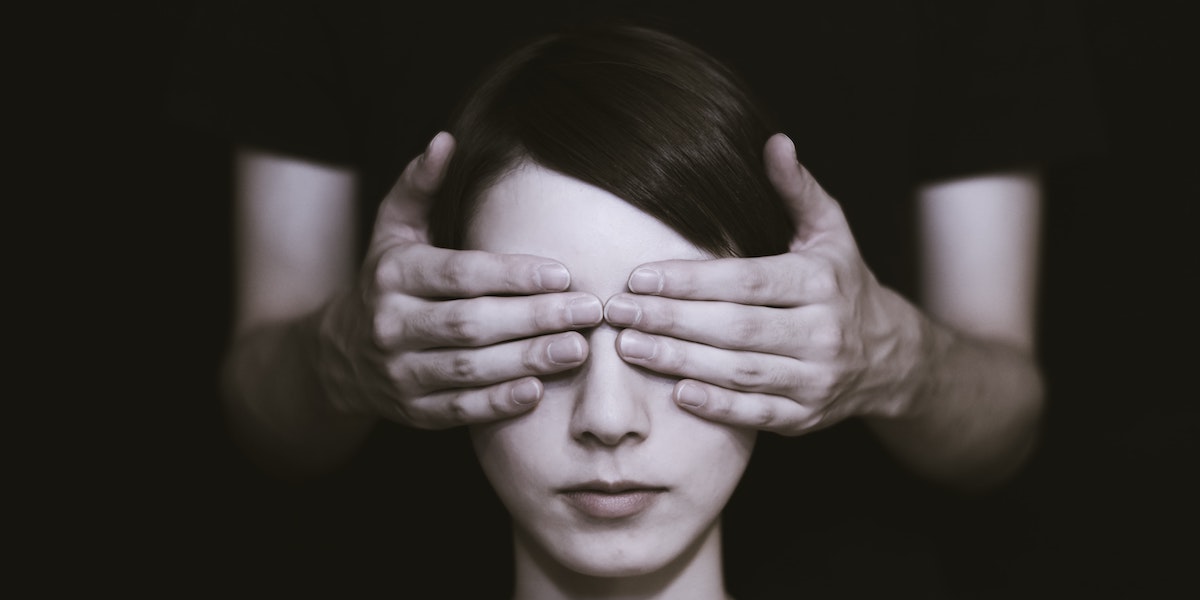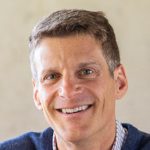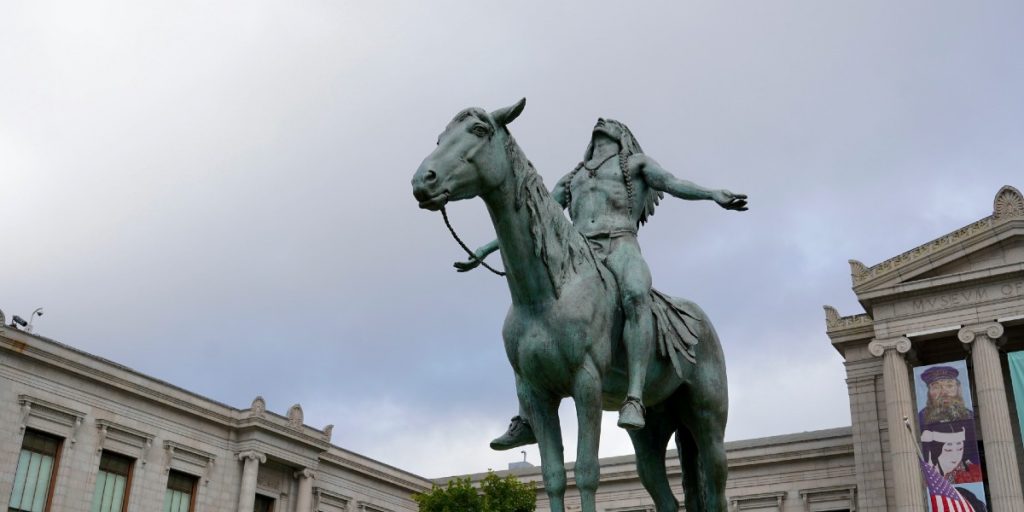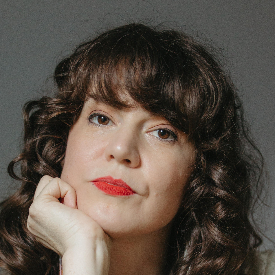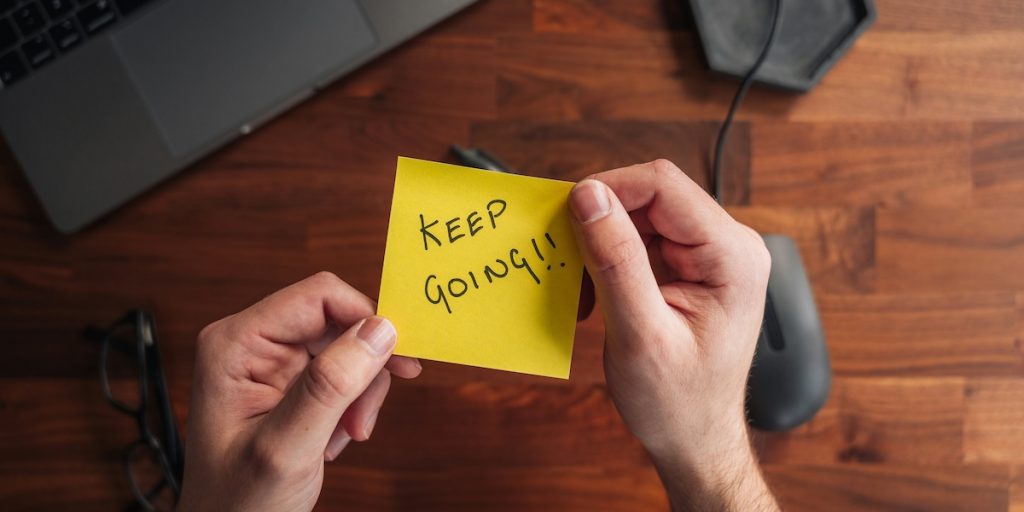Manuel* was standing in the middle of the room, surrounded by 19 other participants in the Bregman Leadership Intensive, doing his very best to hold up 25 meditation cushions without dropping any. They were piled high in his arms, squeezed between his legs, wedged between his arms and his body, balanced on his shoulders and head. The cushions kept dropping or rolling off the top of his pile and each time he would bend to pick one up, others would fall. We couldn’t see his face since the cushions rose above his head but I asked him how he was doing.
“I’m good!” He shouted, muffled through the cushions. “I’ve got this.”
“OK, keep it up,” I told him, “I know you can do it!”
Jessica Gelson, my co-leader at the Leadership Intensive, quietly called over the three biggest people in the room, each over 6 feet tall.
“Stand behind Manuel,” she instructed them, “And press down on his shoulders as hard as you can. Put all your weight into it.”
They did, and after a few minutes I asked him again how he was doing.
“I’m good,” he said.
“And the people behind you?”
“I appreciate their support.”
There was a collective gasp that rippled through the participants. How could Manuel feel “good” holding up (and dropping) so much? And how could he interpret those people pressing down on him as support?
The answer is simple: familiarity.
Manuel knew this place under the cushions well. Moments before he started holding the cushions, he stood in the circle of participants and described his greatest leadership challenge: exhaustion. He was leading his company, making sure no one failed in their roles, taking care of family who was sick, and traveling all the time. Meanwhile balls were being dropped and he was scurrying around trying to fix everything, trying to hold it all together. He was tired. And burnt out. His health was suffering and so was his company.
But he kept going. Because even if he knew his leadership (and his life) wasn’t working, even if on some level he was uncomfortable with it, there was a stubborn part of him that was actually deeply comfortable with it. He knew this place of holding everything and, in the past, it had even helped him succeed.
That’s when Jessica and I started handing him the cushions.
We do not interrupt our long-standing unproductive patterns simply by learning about them or hearing advice about how to shift them. Models and theories and best practices are interesting, but they don’t break us out of our stuck places.
Think about your own stuck places; problems you face repeatedly that don’t go away.
Maybe it’s people around you who don’t take accountability. Or colleagues who don’t cooperate. Perhaps it’s a time management issue. Or challenges you face delegating or influencing. Maybe you struggle to inspire others to follow through on what’s most important. Maybe, like Manuel, you’re simply tired and running in place.
If you could solve for your sticky problems simply by following a best practice, don’t you think you would have done it by now?
Here’s the secret that books and schools don’t tell you: we don’t actually learn things in our heads. Not the important things, anyway. We learn them in our bodies.
This was a critically important moment for Manuel because he was having a felt experience that was disconnected from a reality that everyone around him perceived. That’s what you call a blind spot.
Most people try to resolve their blind spots by soliciting feedback. Unfortunately, that rarely works because we literally don’t see what others see. So we deny it. Or get defensive.
In order to really see through your own blind spot, you need to feel it for yourself.
“If you could solve for your sticky problems simply by following a best practice, don’t you think you would have done it by now?”
“Take a moment,” Jessica said to him through the cushions he was still holding, “to really feel everything you’re feeling.”
The room was silent for a few moments as everyone gave Manuel space to feel.
“I guess I am feeling tired.” He paused in the silence and then sighed, “Really, really tired.”
“Yeah,” I said, feeling real empathy, “I imagine you are. And from this place, what do you notice about the people whose hands are on your shoulders?”
Again, it took him a moment as he shifted his attention from what he thought about people with their hands on his shoulders, to what he felt was actually happening. “They’re actually making it harder to hold up these cushions.”
“Yeah, they are. And can you think of another way they, and maybe others in the room, might be able to really support?”
Once again, we allowed for some time and space and silence while Manuel worked through the complexity of changing his patterns.
“Maybe they could take some of the cushions and hold them for me?”
Everyone around Manuel instantly lunged toward him, relieved and anxious to help him carry the weight, but Jessica and I held them off.
“And what do you need to do to make that happen?” I asked him. We could all see the new pattern forming.
He did his best to look around the cushions at the other Intensive participants watching. “Would anyone be willing to carry some of these for me?”
“We need each other grow. It doesn’t happen, secretly, safely, alone. It takes exposure.”
People couldn’t have been happier to jump in and share his burden.
Here’s what was most interesting: the entire time Manuel held those cushions, he stayed strong, unwavering, steady. His legs showed no sign of tiring.
But when he finally let go of the cushions, and one of the participants came up to hug him, that’s when his legs began to tremble and he broke down.
Because this is what was new for him, letting people support him. Feeling the support that they were dying to give him touched him in a deep way. He saw, truly felt, for the first time, that he was not alone. That he could rest.
Any one of us could have heard his story and simply told him you need to delegate more. And he would have said, yes, I know, I will. But he wouldn’t have. Because he already knew he needed to delegate more. He just didn’t feel it. Not really.
And here’s what’s also interesting: simply watching Manuel go through his experience changed all of us. Eventually, we shared his burden, but through the process, we shared his experience. Everyone in that room began to look at the ways in which we were holding too much. The ways in which we prevented the people around us from sharing what they were more than willing to share.
Jessica and I designed the Leadership Intensive because leadership is not an intellectual endeavor, it’s a visceral one. And we don’t improve our leadership by watching powerpoint presentations and gaining intellectual insights, we learn through experience and feeling.
And after years of leading the Intensive, here is one thing I know for sure: We need each other grow. It doesn’t happen, secretly, safely, alone. It takes exposure.
We need each other to see, to challenge, to support. Which means we need to take risks with each other, to be vulnerable and therefore courageous.
Manuel risked exposing his pain and vulnerability, and he was well rewarded. He discovered his own most powerful leadership: the courage to ask for help.
*Name is changed to protect privacy
Originally posted on the Bregman Partners site.











